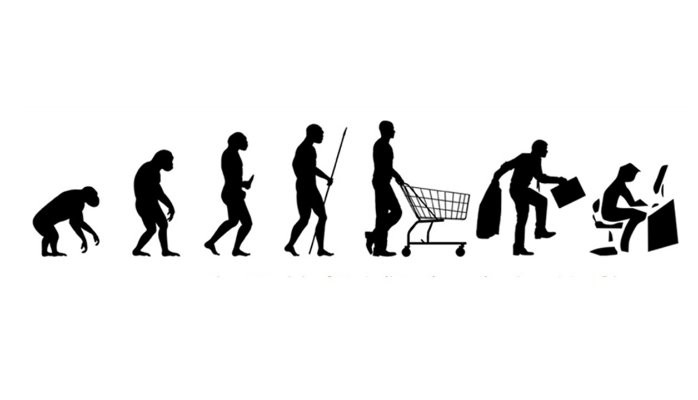Online shopping has transformed drastically over the past two decades, evolving from a niche market to an integral part of everyday life. With the rise of e-commerce giants and advancements in technology, consumer behavior has shifted, creating a seamless blend of convenience, variety, and personalization. But how exactly has technology shaped the online shopping landscape, and what does this mean for the future? Let’s dive in.
1. The Rise of AI and Personalization
Artificial intelligence (AI) plays a pivotal role in tailoring the shopping experience. Algorithms analyze user preferences, browsing history, and purchase patterns to recommend products that cater to individual tastes. For instance:
- Personalized Suggestions: Platforms like Amazon and Netflix use AI to suggest items based on past behavior, creating a curated shopping experience.
- Chatbots and Virtual Assistants: Tools like chatbots provide real-time customer support, answering queries, and even helping with purchasing decisions.
2. Augmented Reality (AR) and Virtual Reality (VR)
Gone are the days of uncertainty when buying clothes or furniture online. AR and VR technologies allow consumers to visualize products in their environment before making a purchase.
- Virtual Fitting Rooms: Many fashion retailers now offer AR-powered fitting rooms, enabling shoppers to try clothes virtually.
- Home Décor Visualization: Tools like IKEA Place let users see how furniture fits in their space using AR.
3. Sustainability and Conscious Consumerism
Consumers are becoming increasingly aware of the environmental impact of their shopping habits. As a result, many e-commerce platforms are adopting eco-friendly practices:
- Sustainable Packaging: Retailers are using biodegradable materials to reduce waste.
- Carbon Footprint Transparency: Companies like Patagonia highlight their sustainable practices, appealing to environmentally conscious shoppers.
4. Seamless Payment Options
Payment technology has revolutionized the checkout process. Features like digital wallets, buy-now-pay-later (BNPL) services, and cryptocurrency payments make transactions faster and more flexible:
- BNPL Services: Platforms like Klarna and Afterpay allow users to split payments into manageable installments.
- Cryptocurrency: While still emerging, Bitcoin and Ethereum are gaining traction as payment options on some e-commerce websites.
5. The Role of Mobile Apps and Super Apps
Mobile shopping apps are central to the e-commerce experience. Many brands are now integrating multiple services into a single “super app,” streamlining the user journey:
- One-Stop Solutions: Apps like WeChat combine shopping, payments, and social networking into one platform.
- Push Notifications: Personalized alerts keep users informed about deals, restocks, and promotions.
6. The Future: Drone Deliveries and Beyond
The next frontier in e-commerce involves cutting-edge logistics:
- Drone Deliveries: Companies like Amazon are testing drones to ensure faster, contactless deliveries.
- Smart Warehouses: AI-powered warehouses are optimizing inventory management and reducing delivery times.
Conclusion
The evolution of online shopping reflects a deep integration of technology into consumer habits. As innovations continue to emerge, the focus will shift even more towards personalization, sustainability, and convenience. For shoppers, this means a richer, more engaging, and more efficient experience.
Whether you’re a casual browser or a deal-hunting enthusiast, the future of e-commerce holds exciting opportunities to explore. Keep an eye on these trends, and you’ll not only stay ahead but make the most out of your shopping adventures.
